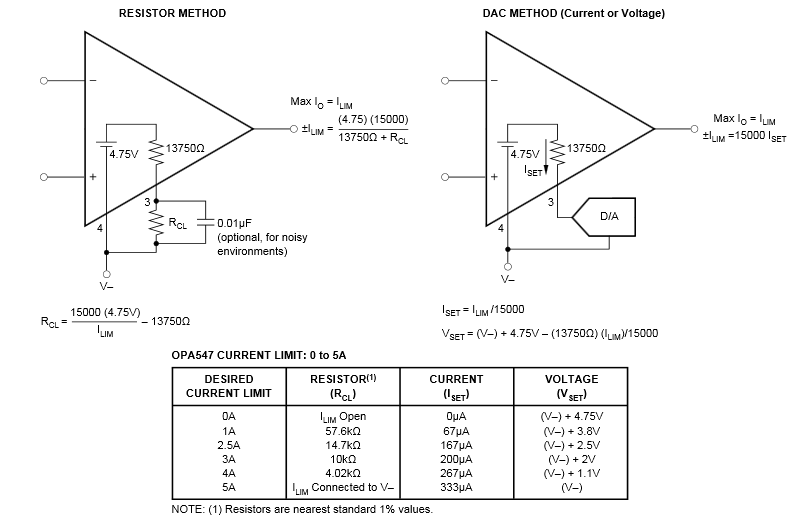SBOS070D October 1997 – December 2019 OPA548
PRODUCTION DATA.
- 1 Features
- 2 Applications
- 3 Description
- 4 Revision History
- 5 Pin Configuration and Functions
- 6 Specifications
- 7 Detailed Description
- 8 Application and Implementation
- 9 Power Supply Recommendations
- 10Layout
- 11Device and Documentation Support
- 12Mechanical, Packaging, and Orderable Information
Package Options
Mechanical Data (Package|Pins)
Thermal pad, mechanical data (Package|Pins)
Orderable Information
10.1.2 Amplifier Mounting
Figure 46 provides recommended solder footprints for both the TO-220 and DDPAK power packages. The tab of both packages is electrically connected to the negative supply, V–. It may be desirable to isolate the tab of the TO-220 package from its mounting surface with a mica (or other film) insulator (see Figure 42). For lowest overall thermal resistance it is best to isolate the entire heat sink/OPA548 structure from the mounting surface rather than to use an insulator between the semiconductor and heat sink.
For best thermal performance, the tab of the DDPAK surface-mount version should be soldered directly to a circuit board copper area. Increasing the copper area improves heat dissipation. See Figure 43 for typical thermal resistance from junction-to-ambient as a function of the copper area.
 Figure 41. Adjustable Current Limit
Figure 41. Adjustable Current Limit